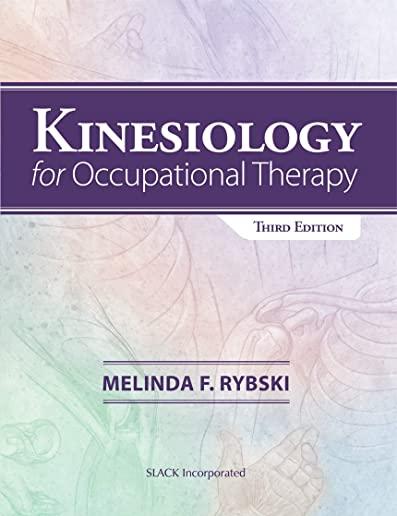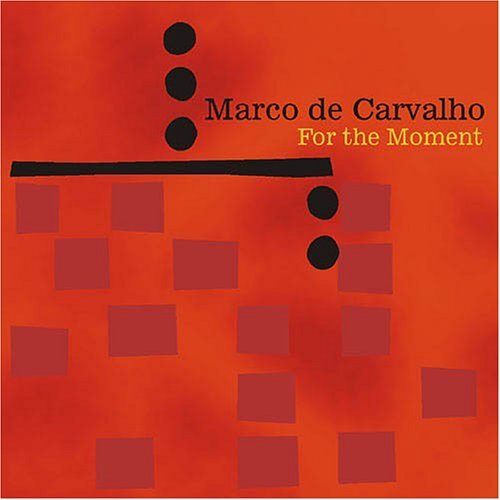
description
1Kinesiology for Occupational Therapy, Third Edition covers the theoretical background for understanding the kinematics and kinetics of normal human physiological movement. Each specific joint is assessed in terms of musculoskeletal function, movements possible, and an overview of pathology that may develop. Dr. Melinda Rybski covers four occupational therapy theories related to functional motion that are important for occupational therapists to know. This Third Edition has been updated to reflect the current field and includes new information that has emerged in recent years. New in the Third Edition:
- Content closely follows AOTA's Occupational Therapy Practice Framework and Occupational Therapy Vision 2025
- Updated and more extensive provision of evidence that summarizes key findings in current literature
- New theories are presented in the Intervention sections
- Extensive, joint specific and theory-based assessments are provided
- Interventions described are occupation-based, process-based
- Kinesiology concepts presented in a practical, useable way
- Expanded chapters for Spine and Thorax and Hip and Pelvis.
member goods
No member items were found under this heading.
Return Policy
All sales are final
Shipping
No special shipping considerations available.
Shipping fees determined at checkout.







